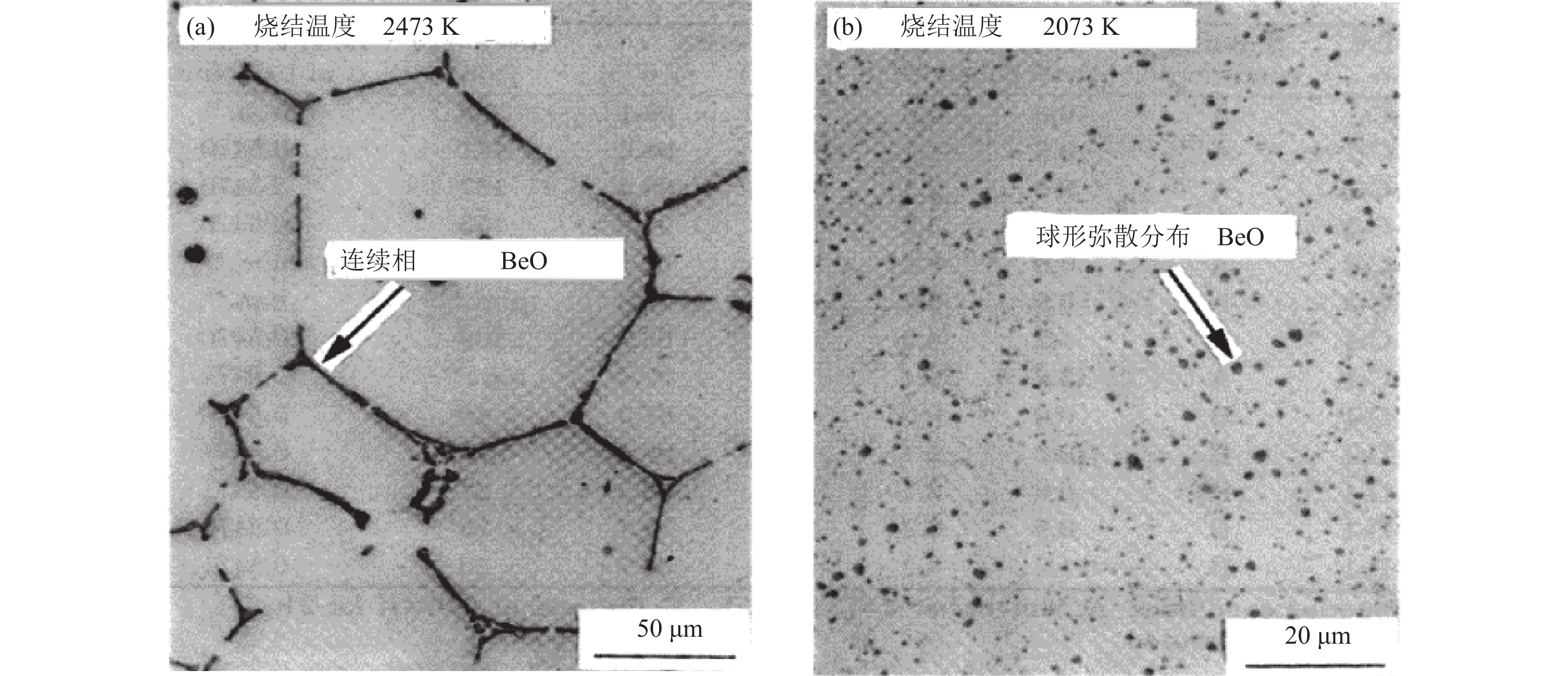| [1] |
Carmack J. Accident tolerant fuel development program. Nucl Plant J, 2014, 32(1): 46
|
| [2] |
Terrani K A. Accident tolerant fuel cladding development: Promise, status, and challenges. J Nucl Mater, 2018, 501(4): 13
|
| [3] |
Zhou W Z, Liu R, Revankar S T. Fabrication methods and thermal hydraulics analysis of enhanced thermal conductivity UO2–BeO fuel in light water reactors. Ann Nucl Eng, 2015, 81(1): 240
|
| [4] |
Revankar S T, Zhou W Z, Chandramouli D. Thermal performance of UO2–BeO fuel during a loss of coolant accident. Int J Nucl Energy Sci Eng, 2015, 5: 1 doi: 10.14355/ijnese.2015.05.001
|
| [5] |
McDeavitt S, Ragusa J, Revankar S T, et al. A high-conductivity oxide fuel concept. Nucl Eng Int, 2011, 56(682): 40
|
| [6] |
Latta R, Revankar S T, Solomon A A. Modeling and measurement of thermal properties of ceramic composite fuel for light water reactors. Heat Transfer Eng, 2008, 29(4): 357 doi: 10.1080/01457630701825390
|
| [7] |
Solomon A A, Revankar S, Areva J K M. Enhanced thermal conductivity oxide fuels. U. S. Department of Energy Office of Scientific and Technical Information (2006-01-17) [2020-03-10]. https://www.osti.gov/servlets/purl/862369
|
| [8] |
Li B Q, Yang Z L, Jia J P, et al. High temperature thermal physical performance of BeO/UO2 composites prepared by spark plasma sintering (SPS). Scr Mater, 2018, 142: 70 doi: 10.1016/j.scriptamat.2017.08.031
|
| [9] |
Yeo S, Mckenna E, Baney R, et al. Fabrication strategies and thermal conductivity assessment of high density UO2 Pellet incorporated with SiC. Mater Res Soc Symp Proc, 2012, 1444: 9
|
| [10] |
Yeo S, Mckenna E, Baney R, et al. Enhanced thermal conductivity of uranium dioxide–silicon carbide composite fuel pellets prepared by spark plasma sintering (SPS). J Nucl Mater, 2013, 433: 66 doi: 10.1016/j.jnucmat.2012.09.015
|
| [11] |
Ge L H, Subhash G, Baney R H, et al. Densification of uranium dioxide fuel pellets prepared by spark plasma sintering (SPS). J Nucl Mater, 2013, 435(1-3): 1 doi: 10.1016/j.jnucmat.2012.12.010
|
| [12] |
Yeo S, Baney R, Subhash G, et al. The influence of SiC particle size and volume fraction on the thermal conductivity of spark plasma sintered UO2–SiC composites. J Nucl Mater, 2013, 442: 245 doi: 10.1016/j.jnucmat.2013.09.003
|
| [13] |
Li B Q, Yang Z L, Jia J P, et al. High temperature thermal physical performance of SiC/UO2 composites up to 1600 ℃. Ceram Int, 2018, 44: 10069 doi: 10.1016/j.ceramint.2018.02.208
|
| [14] |
Cappia F, Harp J M, McCoy K. Post-irradiation examinations of UO2 composites as part of the accident tolerant fuels campaign. J Nucl Mater, 2019, 517: 97 doi: 10.1016/j.jnucmat.2019.01.050
|
| [15] |
Middleburgh S C, Claisse A, Andersson D A, et al. Solution of hydrogen in accident tolerant fuel candidate material: U3Si2. J Nucl Mater, 2018, 501: 234 doi: 10.1016/j.jnucmat.2018.01.018
|
| [16] |
Harp J M, Lessing P A, Hoggan R E. Uranium silicide pellet fabrication by powder metallurgy for accident tolerant fuel evaluation and irradiation. J Nucl Mater, 2015, 466: 728 doi: 10.1016/j.jnucmat.2015.06.027
|
| [17] |
White J T, Nelson A T, Dunwoody J T, et al. Thermophysical properties of U3Si2 to 1773 K. J Nucl Mater, 2015, 464: 275 doi: 10.1016/j.jnucmat.2015.04.031
|
| [18] |
Mcclellan K J. FY2015 ceramic fuels development annual highlights. U. S. Department of Energy Office of Scientific and Technical Information (2015-09-22) [2020-03-10]. https://www.osti.gov/servlets/purl/1215812.
|
| [19] |
Zhang X, Liu G L, Liu Y M, et al. Study on fabrication and microstructural analysis of U3Si2 fuel pellets. Nucl Power Eng, 2019, 40(1): 56张翔, 刘桂良, 刘云明, 等. U3Si2燃料芯块的制备与显微组织研究. 核动力工程, 2019, 40(1): 56
|
| [20] |
Cappia F, Harp J M. Postirradiation examinations of low burnup U3Si2 fuel for light water reactor applications. J Nucl Mater, 2019, 518: 62 doi: 10.1016/j.jnucmat.2019.02.047
|
| [21] |
White J T, Travis A W, Dunwoody J T, et al. Fabrication and thermophysical property characterization of UN/U3Si2 composite fuel forms. J Nucl Mater, 2017, 495: 463 doi: 10.1016/j.jnucmat.2017.08.041
|
| [22] |
Terrani K A, Kiggans J O, Katoh Y, et al. Fabrication and characterization of fully ceramic microencapsulated fuels. J Nucl Mater, 2012, 426(1-3): 268 doi: 10.1016/j.jnucmat.2012.03.049
|
| [23] |
Terrani K A, Trammell M P, Kiggans J O, et al. UN TRISO compaction in SiC for FCM fuel irradiations. U. S. Department of Energy Office of Scientific and Technical Information (2016-11-01) [2020-03-10]. https://www.osti.gov/servlets/purl/1335363
|
| [24] |
Morris R N, Pappano P J. Estimation of maximum coated particle fuel compact packing fraction. J Nucl Mater, 2007, 361: 18 doi: 10.1016/j.jnucmat.2006.10.017
|
| [25] |
Lee H G, Kim D, Lee S J, et al. Thermal conductivity analysis of SiC ceramics and fully ceramic microencapsulated fuel composites. Nucl Eng Des, 2017, 311: 9 doi: 10.1016/j.nucengdes.2016.11.005
|




 下载:
下载:











